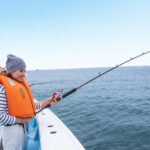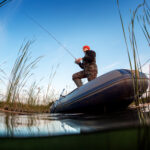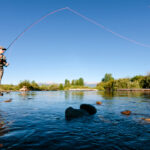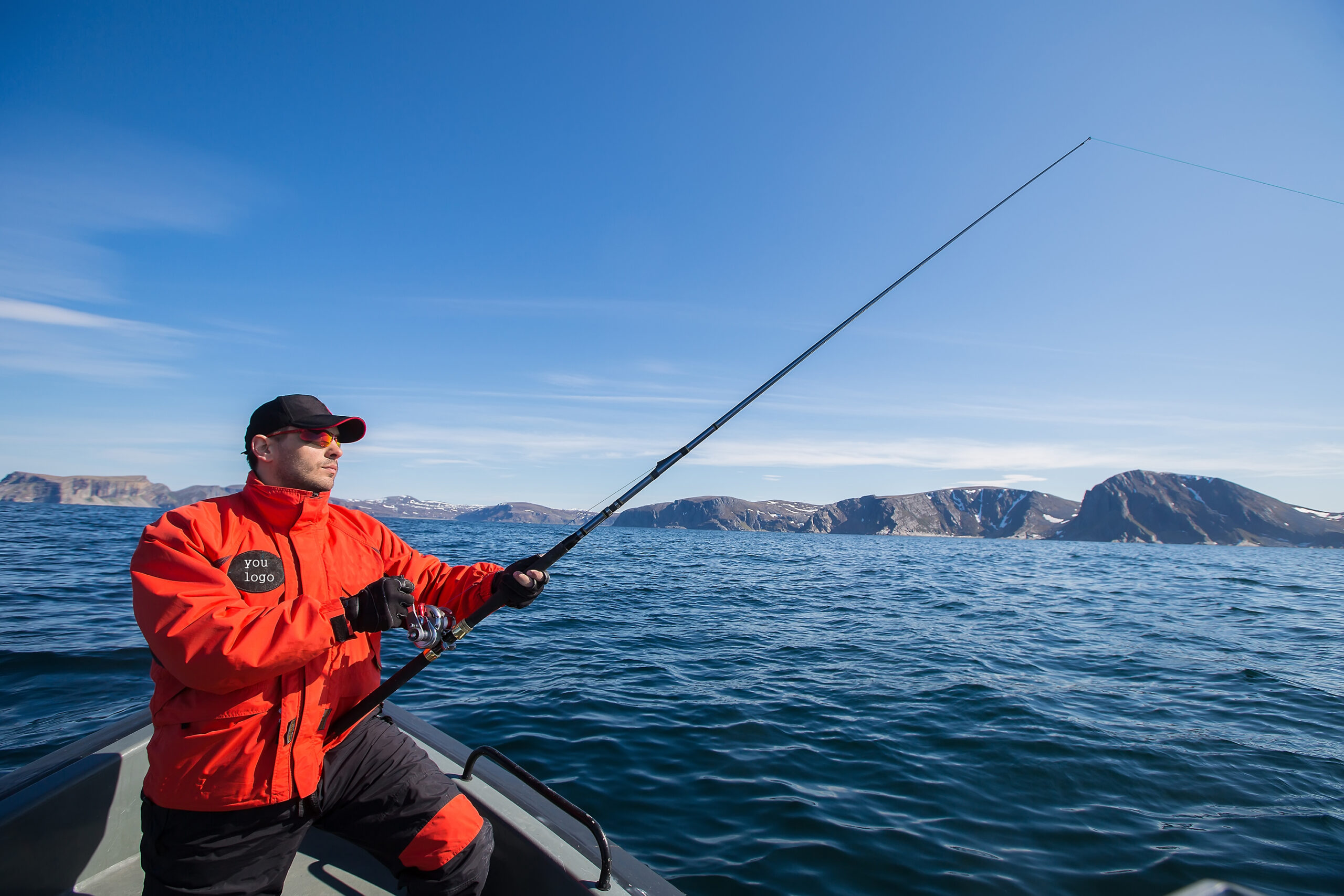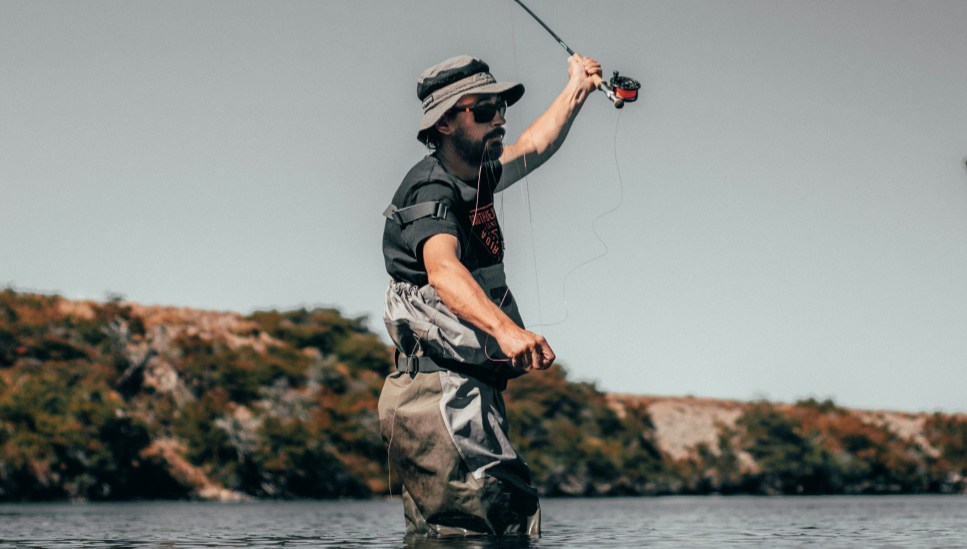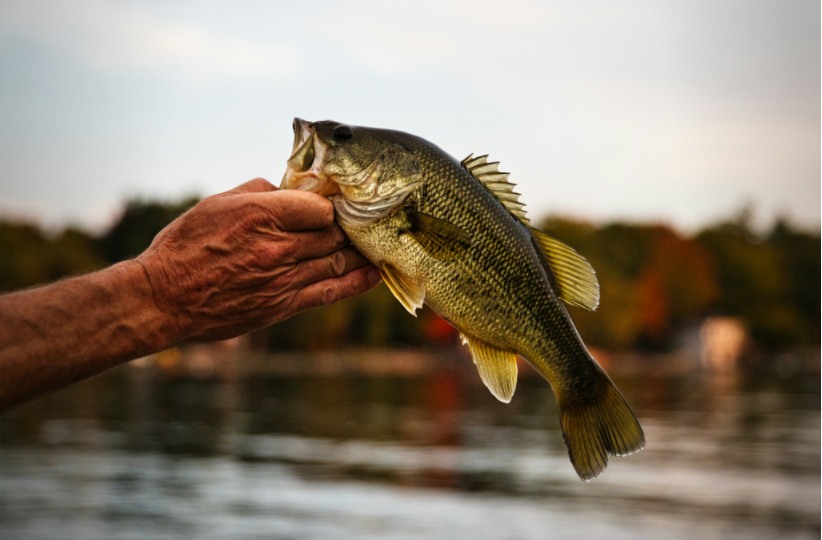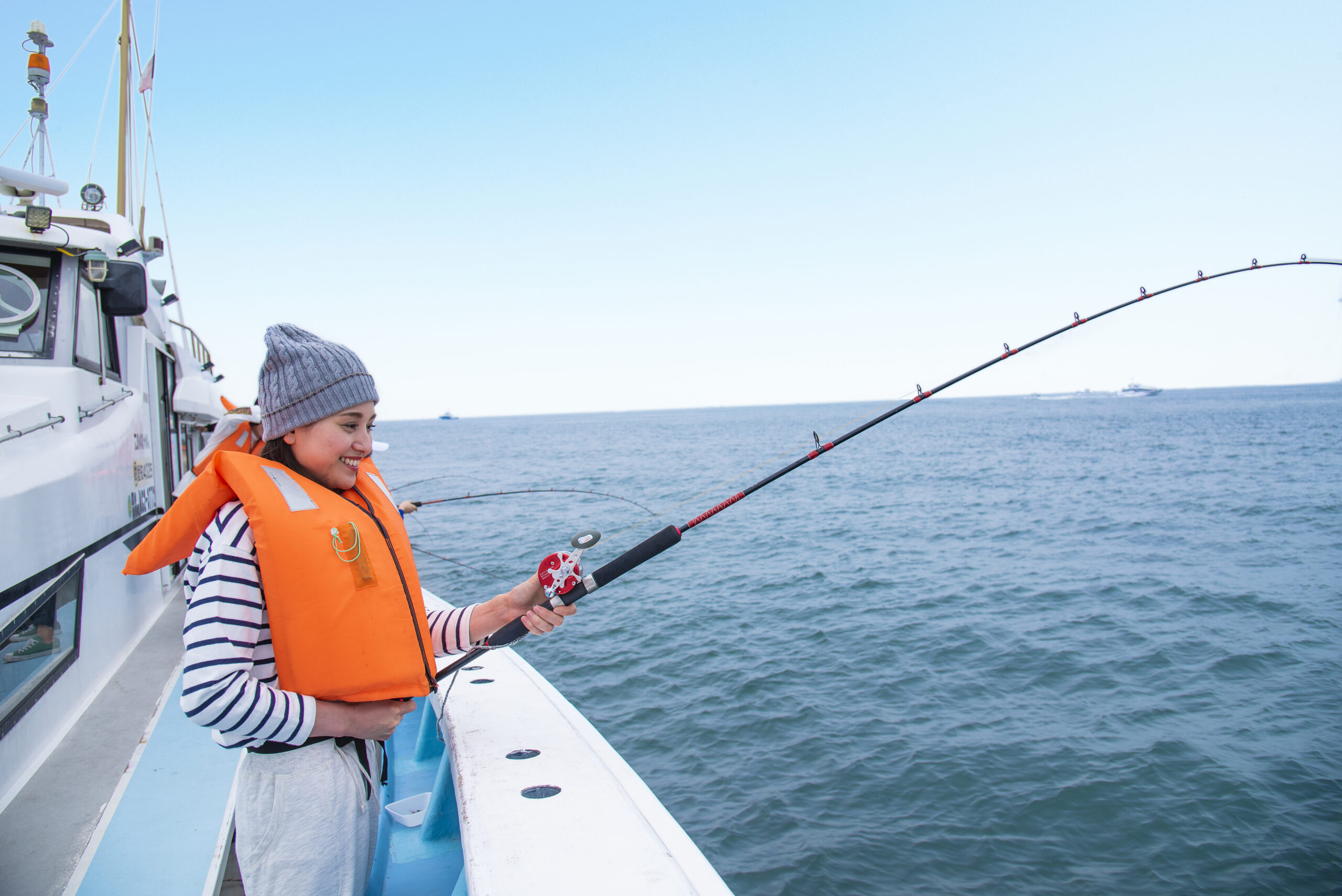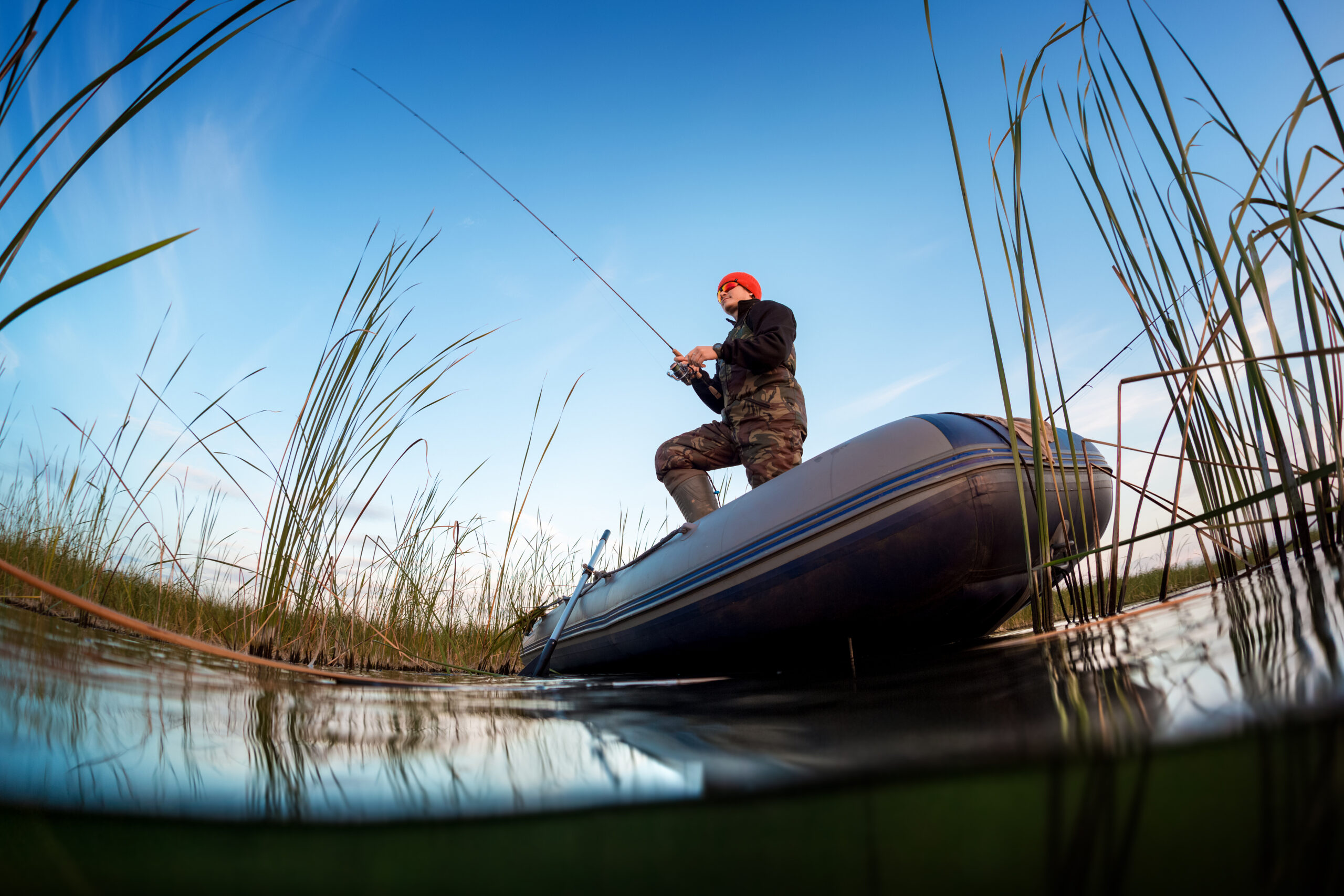When it comes to fishing, the difference between landing a trophy fish and watching it swim away often comes down to one simple but critical detail — your knots. A properly tied fishing knot ensures that your line stays secure, your lure moves naturally, and your hook holds firm when you get that strike.
No matter how expensive your rod, reel, and tackle are, a weak knot will cost you fish. A poorly tied knot can slip under pressure, weaken the line, or even break entirely. Learning how to tie strong, reliable fishing knots is one of the most important skills any angler can master.
In this guide, we’ll cover the most essential fishing knots every angler should know — from securing your hook to tying a strong leader. Master these knots, and you’ll significantly improve your hook-up rate and overall fishing success.
🎣 1. Improved Clinch Knot – The Go-To Hook Knot
The Improved Clinch Knot is one of the most widely used fishing knots because it’s simple, reliable, and effective. It’s perfect for securing hooks, lures, and swivels to your line.
✅ How to Tie the Improved Clinch Knot:
- Thread the line through the eye of the hook.
- Wrap the tag end around the standing line 5 to 7 times.
- Pass the tag end through the loop near the eye of the hook.
- Then pass it back through the large loop you just created.
- Moisten the knot with water or saliva and pull it tight.
- Trim the excess line.
👉 Pro Tip: Moisten the knot before tightening to reduce friction and prevent the line from weakening.
💪 Best For:
- Monofilament and fluorocarbon lines
- Tying on hooks, lures, and swivels
- General fishing situations
🪢 2. Palomar Knot – Simple but Extremely Strong
The Palomar Knot is known for its incredible strength and is ideal for braided lines, which can be slippery and difficult to secure with other knots. It’s one of the easiest and fastest knots to tie — perfect for both beginners and experienced anglers.
✅ How to Tie the Palomar Knot:
- Double about 6 inches of line and pass the loop through the eye of the hook.
- Tie a loose overhand knot with the loop.
- Pass the hook through the loop.
- Moisten the knot and pull both the standing line and tag end to tighten.
- Trim the excess line.
👉 Pro Tip: Make sure the lines don’t overlap when tightening — this reduces the risk of the knot slipping.
💪 Best For:
- Braided and fluorocarbon lines
- Tying on hooks and lures
- Topwater lures and soft plastics
🌊 3. Uni Knot – Versatile and Reliable
The Uni Knot (also known as the Duncan Loop) is one of the most versatile fishing knots because it can be used to tie hooks, lures, and even leader lines. It retains a lot of the line’s original strength and works well with monofilament, fluorocarbon, and braided lines.
✅ How to Tie the Uni Knot:
- Pass the line through the eye of the hook and double back, forming a loop.
- Wrap the tag end around both the standing line and through the loop 5 to 7 times.
- Moisten the knot and pull the tag end to tighten.
- Slide the knot down toward the hook.
- Trim the excess line.
👉 Pro Tip: The Uni Knot can also be used to tie a line to a spool or even to connect two lines together (by using a double Uni Knot).
💪 Best For:
- Monofilament, fluorocarbon, and braided lines
- Attaching hooks, swivels, and lures
- Connecting line to line
🎯 4. Loop Knot – For Natural Lure Action
The Loop Knot allows your lure or fly to move more freely in the water, creating a natural swimming motion that’s irresistible to fish. It’s especially effective for crankbaits, jerkbaits, and soft plastics.
✅ How to Tie the Loop Knot:
- Create an overhand knot about 4 inches from the tag end.
- Pass the tag end through the eye of the hook or lure.
- Thread the tag end back through the overhand knot.
- Wrap the tag end around the standing line 3 to 4 times.
- Pass the tag end back through the overhand knot.
- Moisten and tighten the knot by pulling the standing line and tag end.
👉 Pro Tip: Adjust the size of the loop based on the type of lure — larger loops for topwater and jerkbaits, smaller loops for soft plastics.
💪 Best For:
- Crankbaits, jerkbaits, and topwater lures
- Giving lures a more natural action
- Fluorocarbon and monofilament lines
🔗 5. Blood Knot – Best for Joining Two Lines
The Blood Knot is ideal for joining two pieces of fishing line, especially when creating a leader or adding tippet to a fly fishing setup. It’s strong and streamlined, allowing the line to pass smoothly through rod guides.
✅ How to Tie the Blood Knot:
- Overlap the two lines you want to connect.
- Wrap one tag end around the other line 5 to 7 times and tuck it through the gap between the lines.
- Repeat the process with the other tag end in the opposite direction.
- Moisten the knot and pull both standing lines to tighten.
- Trim the tag ends.
👉 Pro Tip: Make sure the wraps are tight and evenly spaced for maximum strength.
💪 Best For:
- Connecting leader lines to main lines
- Monofilament and fluorocarbon lines
- Fly fishing and freshwater setups
🌟 6. Snell Knot – Perfect for Live Bait and Circle Hooks
The Snell Knot creates a strong connection between the hook and the line, keeping the hook in an optimal position to increase hook-up rates. It’s a must-know for anglers who fish with live bait or circle hooks.
✅ How to Tie the Snell Knot:
- Pass the line through the eye of the hook, forming a loop behind the hook shank.
- Wrap the tag end around the hook shank and line 6 to 7 times.
- Pass the tag end back through the loop near the eye of the hook.
- Moisten and pull tight.
- Trim the tag end.
👉 Pro Tip: The Snell Knot keeps the hook at a better angle for improved hook penetration — especially useful for bass and catfish.
💪 Best For:
- Live bait fishing
- Circle hooks
- Bottom fishing
🏆 Final Thoughts
Learning how to tie the right fishing knot for the right situation is a game-changer. A strong, well-tied knot can mean the difference between landing a personal best and losing the fish of a lifetime. Start by mastering these six essential knots — the Improved Clinch Knot, Palomar Knot, Uni Knot, Loop Knot, Blood Knot, and Snell Knot — and you’ll be prepared for just about any fishing scenario.
Practice tying them at home until you can do it without thinking — because when you’ve got a trophy fish on the line, you’ll want your knot to hold. Tight lines and good luck out there! 🎣



